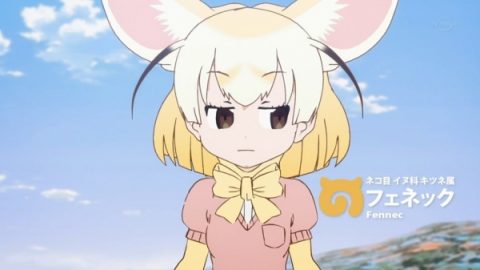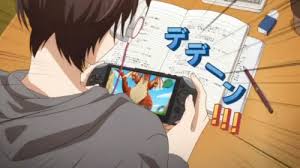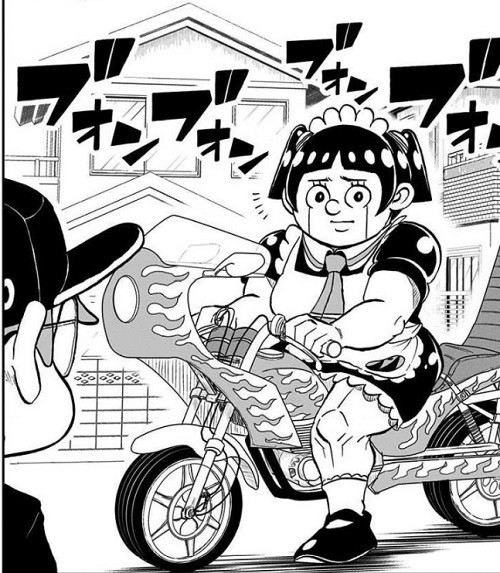The story is set primarily on Earth, a planet in the solar system. The civilization features more advanced technology than Earth itself, including "Hoi-Poi Capsules" that instantly materialize objects and "Dragon Radars" that detect Dragon Balls.
However, modern-day mobile phones and the internet, like those found in the real world, were not yet widespread at the time of the series' serialization and therefore do not appear. Transportation options include cars, motorcycles, air vehicles, and airplanes, all of which are carried around in the aforementioned Hoi-Poi Capsules.
While trains do not appear in the story, Lunch does refer to a "train robbery." Akira Toriyama has stated, "Dragon Ball is not set in a specific time or place. I'm free to depict anything I want."
Currency
The primary unit of currency on Earth is the universal "Zenny." Zeni is the same as the yen, with 1 Zeni being roughly equivalent to 1 yen. In the final episode of "Jaco the Galactic Patrolman," a prequel to "Dragon Ball," 100 billion Zeni = 150 billion yen, according to the exchange rate in the place where the character Omori lives.
Era
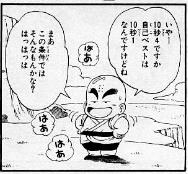
The era is referred to as "Age." The start of the series (when Goku and Bulma meet) is Age 749, and the end of the manga (when Goku and Uub set out on their journey) is Age 784. However, the only time "Age" is used in the series is in Trunks' dialogue during the Android and Cell arc.
Date
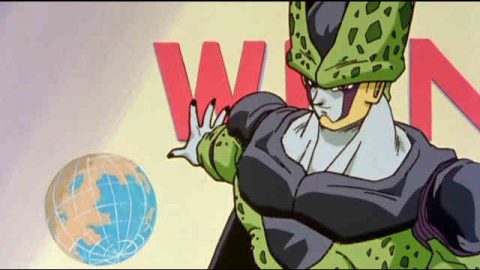
Dates are not written in a standard way. While the anniversary of Piccolo Daimao is listed as "May 9th" and the appearance of Androids 19 and 20 is listed as "May 12th," similar to the real world, the date of the Cell Games is listed as "May 17th," with the month name written in English.
Space
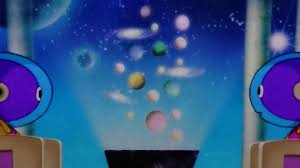
Besides Earth, there are many planets in the universe inhabited by intelligent, humanoid life (such as Namek and Yardrat). Some of these planets have civilizations even more advanced than Earth's. Countless stars gather together to form nebulae, and countless nebulae gather together to form the Milky Way. The seemingly infinite Milky Way is divided into four administrative areas: East, West, North, and South.
Earth resides in the "North Galaxy," and the entire universe is sealed off by a wall engraved with mysterious patterns.
Furthermore, in contrast to "this world" where humanity lives while alive, there is an afterlife called "other world," where, as a general rule, the souls of those who die, including aliens, move to the other world.
In the movies Dragon Ball Z: Battle of Gods and Dragon Ball Super, it is revealed that there are a total of 12 universes, and that the universe in which Goku and his friends are adventuring belongs to "Universe 7." Universes whose numbers add up to 13 are paired, such as Universes 1 and 12, and Universes 2 and 11, and Dragon Ball Super introduces "Universe 6," which has a twin-like relationship with Universe 7.
Parallel Worlds
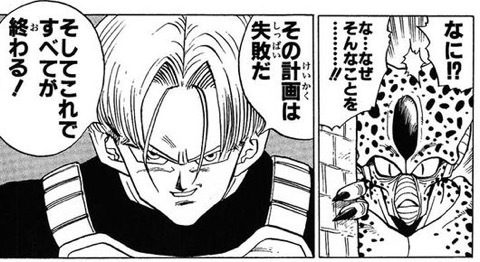
The Android/Cell arc revealed the existence of "Parallel Worlds," worlds branching off from each other in time due to the bifurcation of history. In "Super," there are as many Time Rings as there are parallel worlds. As of the final episode of the "Future" Trunks arc, there are a total of six: two green rings born over the past few years, three green rings, and one silver ring.
A future history in which Zamasu is sealed away was then created. In the manga version of "Super," upon seeing multiple rings, Zamasu asks, "So there are so many parallel worlds?" Gowasu explains that these rings are for parallel worlds, created when a person from Universe 12 created a device to travel back in time and changed history.
Collaboration
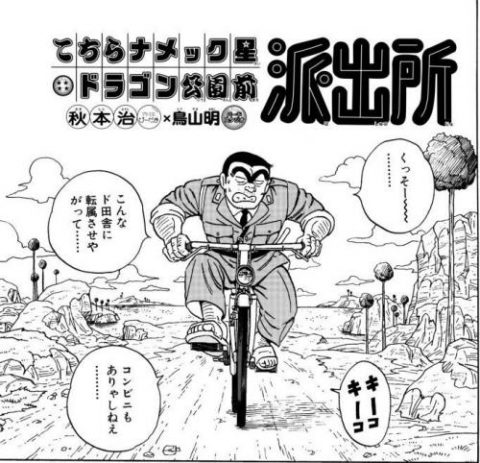
Sometimes, characters and villages from comedy manga appear, and characters from this series even appear in comedy manga. In "Super," when Vegeta fights Arale, he is confronted by the absurd strength of comedy manga characters, who defy the laws of physics and have no common sense whatsoever. "I'll never get anywhere with the fighting methods of battle manga," he says, fighting without hesitation. After being thrown far away, he mutters, "I'm never fighting someone from a comedy manga again." In "This is the Namek Dragon Park Police Station," included in "Super Kochikame," despite his low fighting power, his wounds and clothes heal instantly even after being hit by Frieza's attack.
Other examples include Frieza, who, upon seeing Ryoutsu Kankichi suddenly pull out a weapon, is warned by his subordinate Apur, "He's a character from a comedy manga" and "He'll never die," to flee from reality by fleeing in front of the enemy. In "Nekomajin Z," Vegeta, who fled after witnessing Nekomajin Z's strength, mutters, "I'm never appearing in a comedy manga again." The manga often makes fun of the style of comedy manga, which differs from the battle manga "Dragon Ball."
Terminology: "Ki"
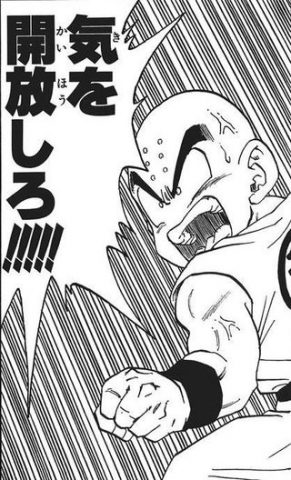
A metaphor for the energy that flows through the body. This energy can be manipulated to fly, or condensed and released as a ki wave. It can be used in a variety of ways, such as by focusing it on a specific part of the body to increase offensive or defensive power.
With training, it is possible to sense the strength and location of an opponent's ki, identify opponents from a distance, and even hide their presence by completely erasing it.
While ki capacity is directly linked to strength, other factors such as technique and skill also play a role, so it can be used as a guideline for measuring power, but it is not an absolute standard.
Combat Power
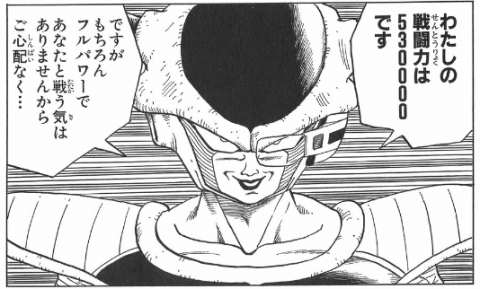
A measure of strength, this concept was introduced in the Saiyan Saga. In the original manga, the strength of ki is expressed as a number quantified using a monocle-shaped device called a "Scouter."
While it provides a more concrete indication of strength than the ability to directly sense ki, the very few warriors who can control their ki can increase their fighting power by explosively increasing their ki during battle, or reduce it to zero by erasing it, so the number is not an absolute indicator of strength.
Scouters were used by Saiyans, as well as Frieza's crew, who were unable to sense ki. In the story, the first farmer's fighting power measured was 5, while Frieza, the strongest being in the universe, had a fighting power of 530,000 before transforming. At the time, both allies and enemies had powers in the thousands to tens of thousands, so this showed readers just how strong Frieza was.
After Frieza transformed, the Scouter could no longer measure his fighting power, and after measuring Trunks' fighting power, no numbers have appeared in the story. According to "Dragon Ball Complete Works Volume 7," published after the series ended, Frieza's final form's power level reached 120 million, while Goku's Super Saiyan power reached 150 million.
Kiri
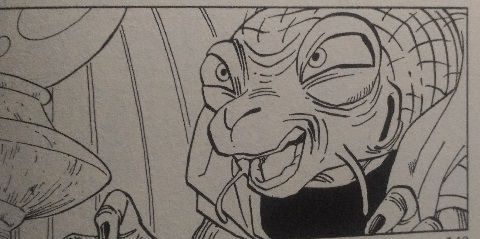
No specific units of power are used in the story, but in the Majin Buu Saga, Sorcerer Babidi uses a unit of "Kiri" to measure energy, and according to this, Goku's Super Saiyan 1 power level is over 3,000 Kiri. However, this unit is rarely used in the story. In Dragon Ball GT, the energy unique to Saiyans is also referred to as "Saiyan Power."
The battle power and Scouter settings came about when Goku and the other characters became so strong that second editor Kondo Yutaka commented, "It's no longer clear who's stronger between these two strong characters," prompting Toriyama to suggest that it might be better to quantify it.
In Carddass and RPG games released at the time, it was written as "BP (Battle Power)." This was abolished in Carddass from the Android Saga onwards, and changed to "DP (Destroid Power)." At the time, there was no specialized department handling copyrights, so Akira Toriyama's editor would check the battle power values for each card one by one with the game company.
Demons
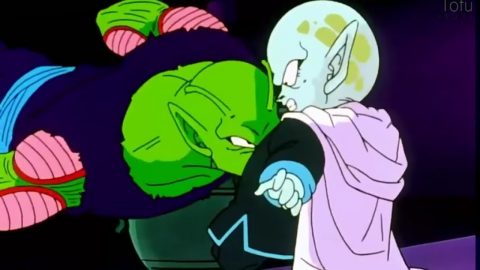
Demons are evil-minded Namekians, like Piccolo Daimao, and the species they create. Piccolo's demonic traits allow him to change his body volume, stretch his arms, and grow larger. The souls of those killed by this species are unable to find nirvana and are forced to wander the air forever. However, Piccolo's reincarnation is different from before, and the soul of Raditz, whom he killed, visited Enma and was sent to Hell.
Demons' attacks also have the ability to destroy the Nirvana Cloud. The demons under King Piccolo are born from eggs laid from his mouth by chanting a spell and consuming his stamina. A rejuvenated King Piccolo lays eggs without the need for a spell. The demons born from the eggs come in a variety of forms, including dragon types, with the exception of Majunia, the reincarnation of King Piccolo.
In the anime series, evil species from the planet Makyo, such as Garlic Jr., and the subordinates of Slug, a Namekian with only evil in their hearts, are also called demons.
"Devils" like Ackman are a race that live in Hell and are an entirely different species.
Summary
During its serialization, the series enjoyed immense popularity, driving the Guinness World Records-record-breaking 6.53 million copies sold in the March-April 1995 issue of Weekly Shonen Jump, alongside Slam Dunk. After the Dragon Ball Z TV series ended, Dragon Ball GT, an anime with an original story not found in the original manga, was produced. As of early 1996, there were approximately 150 character-related companies and approximately 1,500 types of character merchandise.

